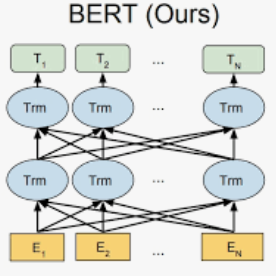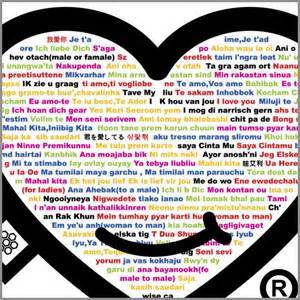Intent classification and slot filling are two essential tasks for natural language understanding. They often suffer from small-scale human-labeled training data, resulting in poor generalization capability, especially for rare words. Recently a new language representation model, BERT (Bidirectional Encoder Representations from Transformers), facilitates pre-training deep bidirectional representations on large-scale unlabeled corpora, and has created state-of-the-art models for a wide variety of natural language processing tasks after simple fine-tuning. However, there has not been much effort on exploring BERT for natural language understanding. In this work, we propose a joint intent classification and slot filling model based on BERT. Experimental results demonstrate that our proposed model achieves significant improvement on intent classification accuracy, slot filling F1, and sentence-level semantic frame accuracy on several public benchmark datasets, compared to the attention-based recurrent neural network models and slot-gated models.
翻译:故意分类和补缺是自然语言理解的两大基本任务,它们往往受到小规模的人类标签培训数据的影响,造成一般化能力差,特别是稀有字眼。最近,一个新的语言代表模式,即BERT(变异器的双向编码代表),便利了大规模无标签公司在深度双向表述方面的训练前工作,并在简单微调后为多种自然语言处理任务创建了最先进的模型。然而,在探索BERT以自然语言理解方面没有作出很大努力。在这项工作中,我们提出了以BERT为基础的联合意图分类和空档填补模式。实验结果表明,与关注的经常性神经网络模型和定档模型相比,我们提议的模型在意图分类精度、填格F1和若干公共基准数据集的句级语义框架精度方面取得了显著的改进。





